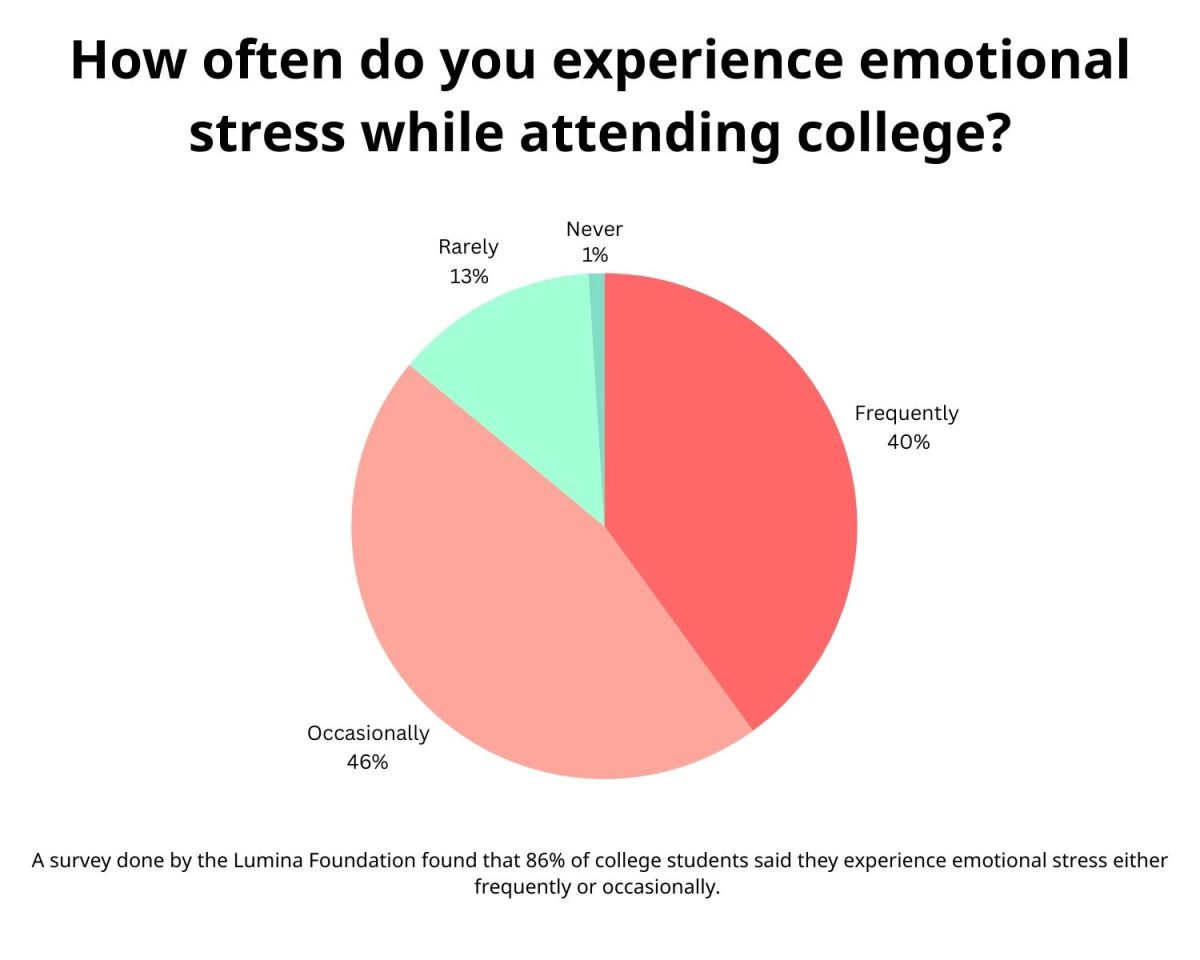As a geography major and someone interested in sustainability, I have thought long and hard about the ways I can cut down on the resources I consume. There are plenty of ways to reduce food or plastic waste, but many overlook the impact that transportation has on the environment.
Over spring break, I bought a bicycle to cut down on my car trips and act out the “green” gospel I constantly preach. It has been an interesting transition and has provoked my thoughts on the way our campus shapes the way we move. Throughout this learning experience, my personal experiences suggest that there is a bright future ahead for cyclists on campus.
My daily commute this semester was from College View to Griffis Hall for class or work, which was a mix of dedicated and shared cycling space. Painted bike lanes were recently added to College View Drive until the Highway 12 exit ramps, but most cars are willing to share the road with me until I turn onto Bailey Howell Drive.
On other occasions, I go straight to the Colvard Student Union using the Barr Avenue bike path near Davis Wade Stadium and the Chapel of Memories. I make both of these trips quicker than by car, including the time to park and walk.
It is also hard to ignore the fuel and car wear saved from not driving, especially over such a short distance. Students in other nearby apartment complexes such as The Hangout, Campus Trails and The Walk would see similar benefits.
As a cyclist, I feel fairly safe, but in those moments that I share the road, that safety has to come from my trust in the drivers around me. The most difficult challenge for cyclists to overcome is the supporting infrastructure. Cars have dominated the road surface since their inception, and the path for bicycles is much less distinct.
The city has painted bike lanes down stretches of Russell Street and University Drive, but these are the only places that connect to a bike path on campus. There are other “bicycle-friendly” entrances to campus such as Lee Boulevard or Stone Boulevard via the south Starkville bike path, but these two locations lack dedicated space for cyclists on campus.
With that in mind, the renovation of Bailey Howell Drive on campus was a blessing for cyclists and pedestrians alike. The new bike lanes, protected by parallel parking, is an upgrade over the painted lanes on Stone Boulevard or Wingo Way, as they provide safety from traffic that would be moving alongside the cyclist.
The construction of covered bike racks across campus are useful for protecting bikes from the elements and are more aesthetically pleasing. Even with these developments, the future of the bicycle network is somewhat uncertain.

The Campus Master Plan, which outlines the direction of the growth of the Starkville campus, was updated in 2022 by leaders around the university.
In the plan’s Mobility Framework, they list the bike network as the least important area of growth in the transportation network. This does not mean cycling will be completely ignored in the years to come, but it could be seen as a worrying sign for people like me who hope to see improvements in cycling infrastructure in the future.
However, this prioritization is supported by student views on the cycling network. In a 2022 survey of Mississippi State University students, faculty and staff found in the Master Plan, only 5.2% of respondents believed the bike network was the most important part of the transportation network, while 46.9% believed the vehicular network was the most important.
This attitude demonstrated in the survey is perhaps the greatest force working against a comprehensive cycling system on campus: if most students are not riding bikes, why would improvements need to be made to support this alternative mode of transportation?
MSU, despite this, has made noticeable and beneficial strides towards supporting cyclists. It may seem like a small step to use two wheels instead of four, but I hope to see the work done to accommodate cyclists put to good use.





